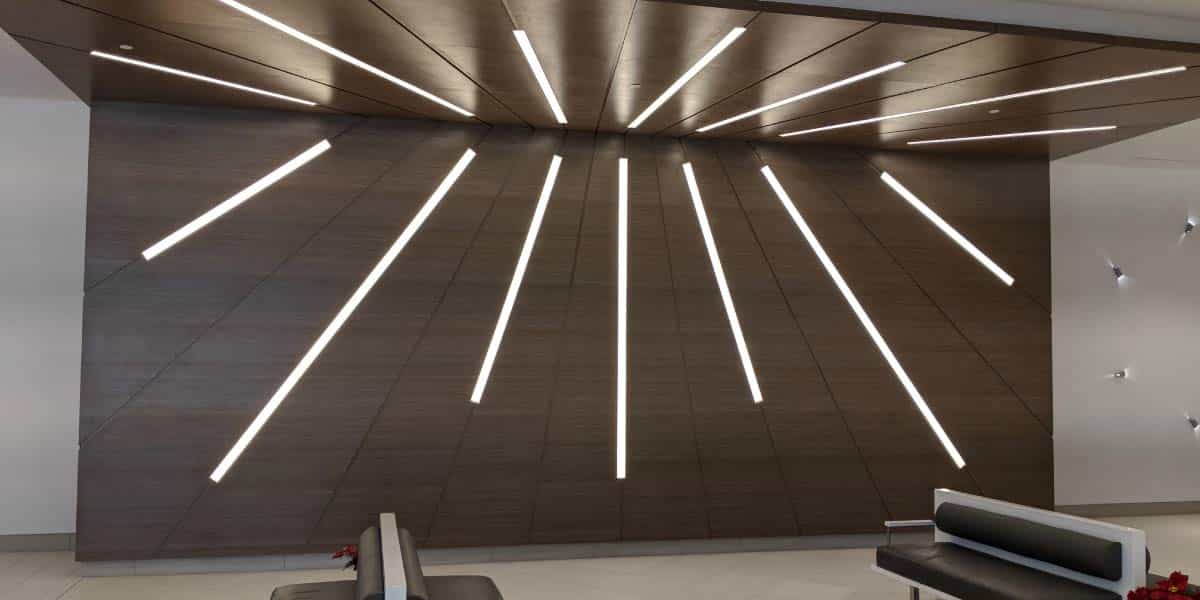Architectural Lighting: Highlighting Your Home's Best Features
Architectural Lighting: Highlighting Your Home's Best Features
Blog Article

Your home's architecture tells a story. From the elegant lines of a Victorian facade to the clean, modern angles of a contemporary design, the architectural details of your house contribute significantly to its character and curb appeal. Architectural lighting is the art of using light to accentuate these features, transforming your home into a nighttime masterpiece. This article explores the techniques and considerations involved in using architectural lighting to showcase your home's best features.
The Power of Light and Shadow:
Architectural lighting is more than just illuminating your house; it's about using light and shadow strategically to create depth, dimension, and visual interest. By carefully positioning light fixtures and choosing the right beam angles and color temperatures, you can highlight the unique characteristics of your home's architecture and create a captivating nighttime presence.
Key Techniques for Architectural Lighting:
Several techniques can be used to achieve different effects:
Uplighting: Directing light upwards towards architectural elements like columns, gables, or textured walls creates a dramatic and majestic effect. Uplighting emphasizes the height and grandeur of these features, adding a sense of scale and drama to your home's exterior.
Downlighting: Casting light downwards from eaves, balconies, or soffits creates a soft, natural illumination that highlights the texture and form of surfaces below. Downlighting is ideal for illuminating doorways, walkways, and landscaping, creating a welcoming and inviting entrance.
Wall Washing: Flooding a wall with light creates a soft, even illumination that emphasizes its texture and color. Wall washing is particularly effective with textured surfaces like stone, brick, or stucco. It creates a sense of depth and dimension, highlighting the nuances of the material.
Spotlighting: Focusing a narrow beam of light on a specific architectural detail, such as a decorative window, a statue, or a unique architectural feature, draws attention and creates a focal point. Spotlighting adds drama and highlights key elements that might otherwise be overlooked.
Silhouetting: Positioning a light source behind an architectural feature creates a dramatic silhouette effect against a lighter background. This technique works particularly well with intricate details or unique shapes, creating a sense of mystery and intrigue.
Choosing the Right Fixtures:
The style of your architectural lighting fixtures should complement your home's architecture and overall aesthetic. Consider the following factors:
Material and Durability: Outdoor fixtures are exposed to the elements, so choose durable, weather-resistant materials like cast aluminum, copper, or stainless steel.
Finish: The finish of your fixtures contributes to the overall look. Consider finishes like black, bronze, or brushed nickel.
Size and Scale: Choose fixtures that are appropriately sized for the space and the feature you're illuminating.
Energy Efficiency: LED lighting is the most energy-efficient option, offering long lifespan and low operating costs. Look for fixtures with a high CRI (Color Rendering Index) for accurate color representation.
Beam Angle: Select fixtures with the appropriate beam angle for the desired effect. Narrow beam angles are ideal for spotlighting, while wider beam angles are better for wall washing.
Color Temperature: Consider the color temperature of the light. Warm white light (2700-3000K) creates a welcoming and inviting feel, while cool white light (4000-5000K) is better for security purposes.
Planning Your Architectural Lighting Design:
Before installing any lights, it's essential to plan your architectural lighting design carefully. Consider the following:
Focal Points: Identify the key architectural features you want to highlight.
Layering: Combine different lighting techniques to create depth and visual interest.
Viewing Angles: Consider how the lighting will look from different perspectives, both inside and outside your home.
Safety and Security: Ensure adequate lighting for entrances, walkways, and potential hazards.
Installation and Maintenance:
While some simple architectural lighting projects can be DIYed, it's often best to hire a qualified electrician for more complex installations. Safety is paramount when working with electricity. Regular maintenance is essential for keeping your architectural lighting looking its best. Clean fixtures regularly to remove dirt and debris, and check bulbs and replace them as needed.
By carefully planning and implementing your architectural lighting design, you can transform your home into a stunning nighttime showcase, highlighting its unique character and enhancing its curb appeal.